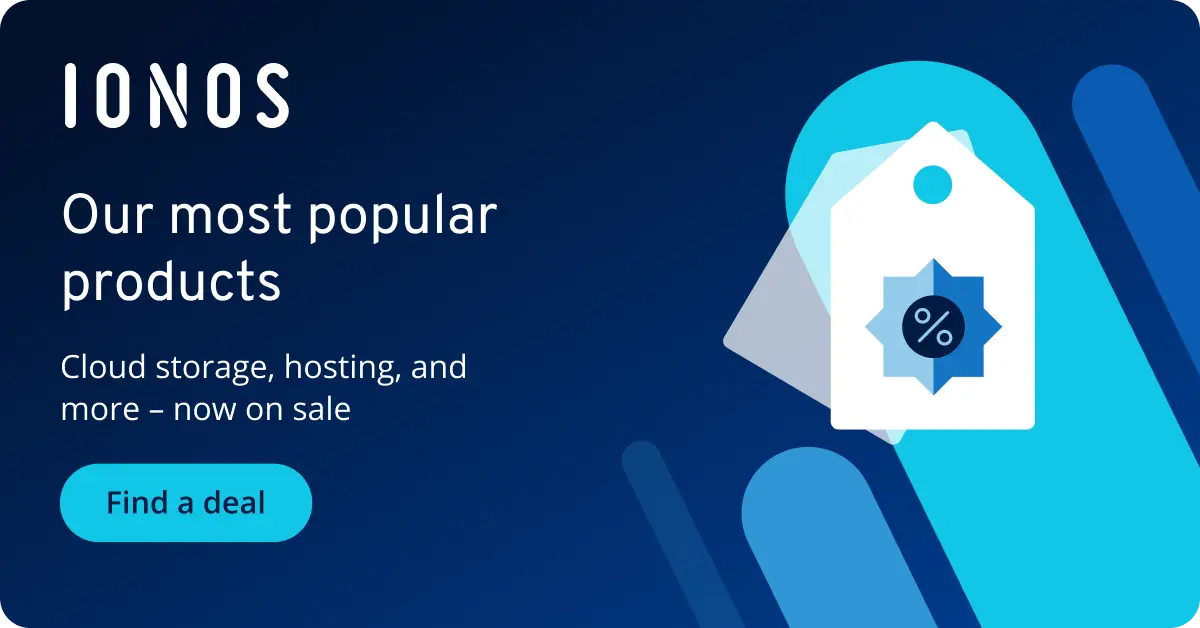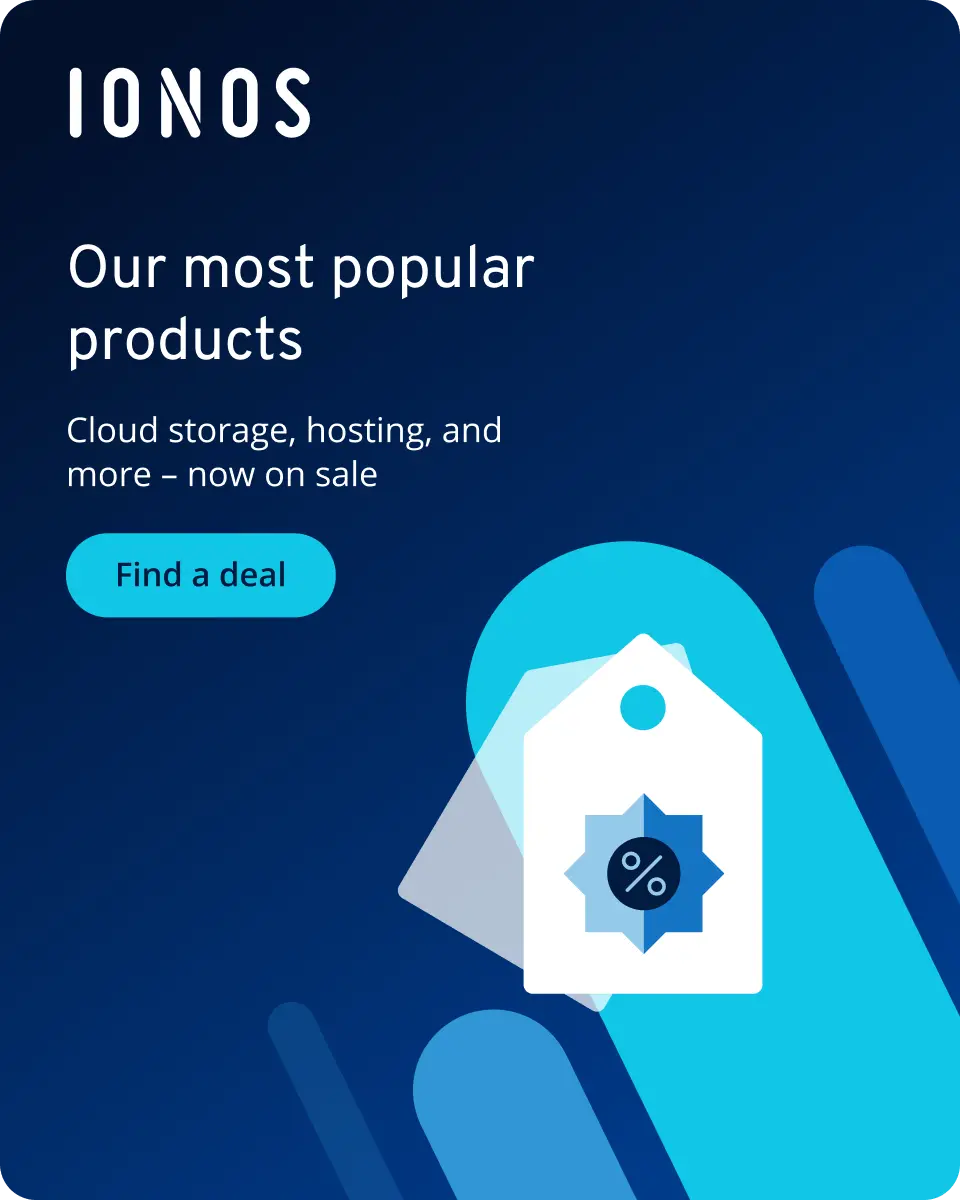What are the top 6 PostgreSQL alternatives?
PostgreSQL is a very popular and versatile object-relational database, known especially for its strong security architecture and high flexibility. However, there are projects where other options may be a better fit. Here are six of the best alternatives or additions to PostgreSQL.
- Enterprise-grade architecture managed by experts
- Flexible solutions tailored to your requirements
- Leading security in ISO-certified data centers
What is PostgreSQL and what alternatives are there?
The origins of the object-relational database PostgreSQL go back to the 1980s. In 1996, the ACID-compliant database management system was officially released for the first time. Today, it is licensed under the PostgreSQL License and continuously developed by an active open-source community. What makes PostgreSQL a popular choice for countless companies, institutions, and projects is not only its long history and dedicated community. The system is considered extremely secure and robust. Although it relies on a classic table structure, it is highly flexible thanks to numerous extensions and can be scaled on a large scale. Its well-designed client-server architecture also allows this free solution to compete with many commercial databases.
Overall, PostgreSQL is considered a very flexible choice that is also compatible with many NoSQL solutions, allowing it to be combined with them. Its open-source nature gives the database many strong advantages. However, there may be situations or projects where another system is an even better fit—especially if you want to work in a non-relational way. Additionally, the performance of PostgreSQL is not quite as strong as that of some other solutions. On top of that, getting started can be particularly challenging for beginners. If you’re looking for an alternative to PostgreSQL, here are six compelling options to consider.
MongoDB—The best NoSQL database for large amounts of data
Arguably the most versatile database available today is MongoDB. The proprietary NoSQL solution, which owes its name to the word “humongous”, has been around since 2009. Designed to accommodate growing data volumes, MongoDB is trusted by major companies like eBay or Toyota.
If you’d like to learn more about the similarities and differences between PostgreSQL and MongoDB, you can find a detailed comparison in our Digital Guide.
What are the benefits of MongoDB?
- Theoretically infinitely scalable
- Flexible thanks to numerous features
- Can manage and store many different types of data
- High reliability and availability
- Compatible with many languages, systems and platforms
- Quick to get started
- One of the most successful NoSQL databases with a large community
Managed MongoDB from IONOS enables you to concentrate on the essentials. From installation to operation and maintenance work, IONOS makes sure you always get the best performance from your data banks.
MariaDB—The modern MySQL alternative with future potential
MariaDB was developed as a direct response to Oracle’s acquisition of MySQL, with the goal of providing a free and advanced database solution. Since 2009, this open-source fork of MySQL has not only offered full compatibility with the original but has often gone a step further technologically in direct comparisons like MariaDB vs. MySQL.
MariaDB stands out with regular updates, high performance, and a wide range of storage engines—including ones designed for analytical use cases. The database is suitable for both traditional web applications and complex business applications. Major organizations like Mozilla have relied on MariaDB for years.
What are the benefits of MariaDB?
- Open source with independent development
- Fully compatible with MySQL
- Suitable for both operational and analytical data processing
- Fast query handling and high reliability
- SQL support and cross-platform usability
- No vendor lock-in
- Large community and active ongoing development
DynamoDB—The fully managed database from Amazon
If you’re after an alternative to PostgreSQL that’s beginner-friendly, DynamoDB fits the bill. Developed by Amazon and a part of the AWS portfolio since 2012, this serverless NoSQL solution is fully managed, so you don’t have to worry about upgrades or scaling. The security architecture comes preconfigured and is regularly updated. Usage-based billing makes DynamoDB suitable for businesses of all sizes. With high availability and low latency, it’s a compelling choice. However, integration with AWS means you have to rely on Amazon’s ecosystem.
What are the benefits of DynamoDB?
- Very user-friendly thanks to administration
- High level of security
- Unlimited scalability
- Payment according to usage
- Good performance and high speed
- Embedded in the AWS ecosystem
- High availability
Redis—The quick addition or alternative to PostgreSQL
If PostgreSQL’s slight speed shortcomings are a concern, Redis is a compelling addition to your database setup. You can also use it as an alternative to PostgreSQL. This NoSQL database stores data in memory, delivering response times of under one millisecond. Ideal for real-time analyses, messaging and administrative tasks, Redis shines in tasks that prioritize low latency over massive data volumes. While it can scale both horizontally and vertically, its strength lies in speed rather than data volume. As a user-friendly solution offering minimal latency, Redis is widely regarded as one of the world’s most popular key-value stores.
What are the benefits of Redis?
- Open source
- Outstanding performance thanks to in-memory storage
- Response times of under one millisecond
- Perfectly suited for real-time analysis
- Can be combined with PostgreSQL
- Horizontally and vertically scalable
- Very user-friendly
- Compatible with many languages, platforms and systems
Apache Cassandra—The column-based NoSQL option
Apache Cassandra is a column-oriented NoSQL database designed for handling large and heterogeneous data sets. The system, which has been under development since 2008, is open source and features CQL, a query language based on SQL, facilitating a smooth transition from PostgreSQL. Praised for its robustness, Cassandra ensures high availability across multiple nodes, making it highly reliable. Impressive query speeds are achieved without compromising system security. Embraced by major corporations like Apple and Netflix, Cassandra offers partially ACID-compliant, flexible and easily scalable solutions for enterprise-level applications and platforms.
What are the benefits of Apache Cassandra?
- Open source
- Horizontally and vertically scalable and suitable for large data volumes
- CQL is similar to SQL, which makes querying easy
- High availability and reliability
- Partially ACID-compliant (Atomicity, Consistency, Isolation, Durability)
- Flexible and versatile
- Strong performance and high speed
MySQL—The relational solution from Oracle
Since Oracle acquired MySQL in 2010, many users have switched to alternatives like PostgreSQL. Nevertheless, this relational database is still considered a powerful solution for storing structured data in table form. MySQL is highly reliable and can handle large volumes of data efficiently. It offers various scaling options and numerous interfaces. The system is also very clear and easy to understand, even for beginners. An active community and extensive documentation are available as well. Switching from PostgreSQL is relatively straightforward thanks to the shared query language SQL, and the database’s performance is impressive. In addition to the free version, proprietary editions are also available.
What are the benefits of MySQL?
- Open source
- Very clear and easy to learn
- Also suitable for large amounts of data
- Fail-safe and fast
- High availability
- Compatible with numerous systems, platforms, and languages
- Part of the LAMP stack (Linux, Apache, MySQL and PHP)
- Query language known from PostgreSQL
- Large community and extensive documentation
We’ve already covered the similarities and differences between MySQL and PostgreSQL in detail in our Digital Guide.

